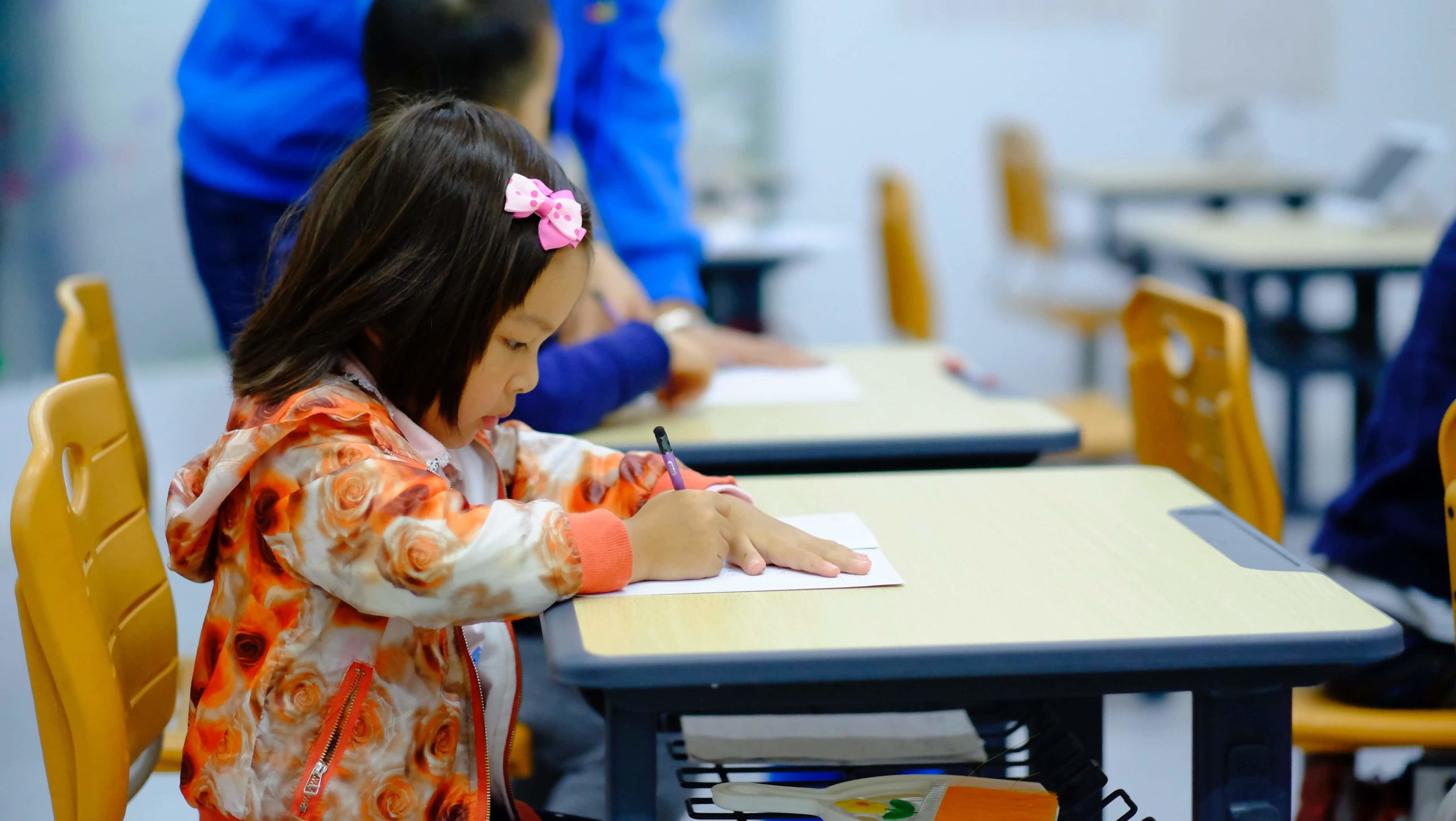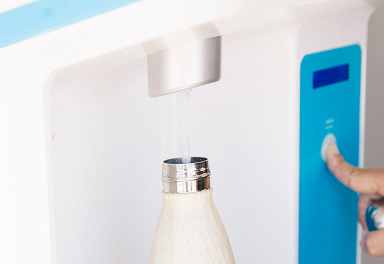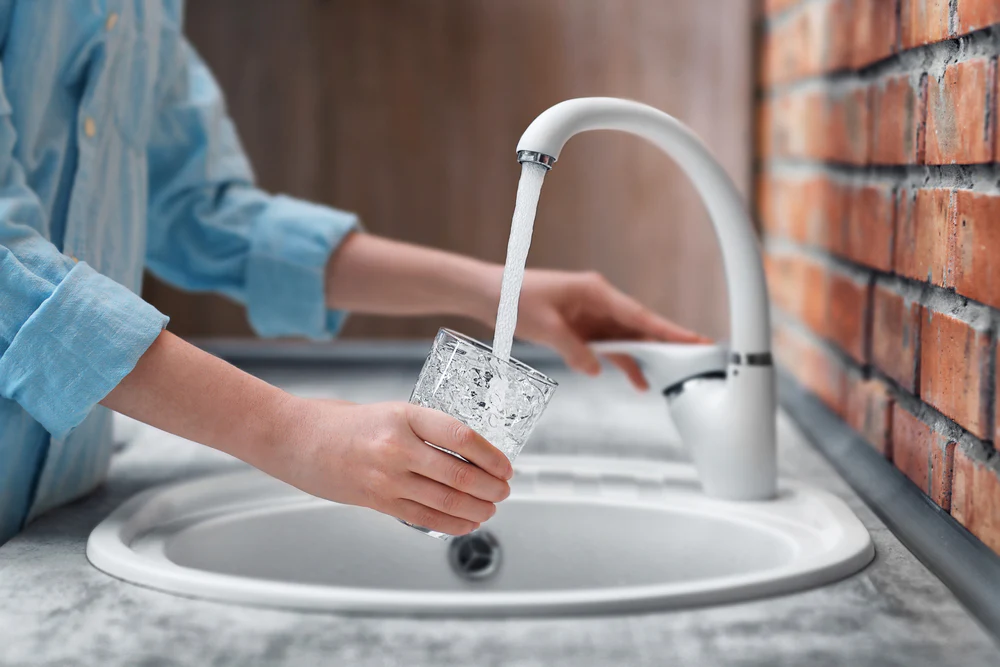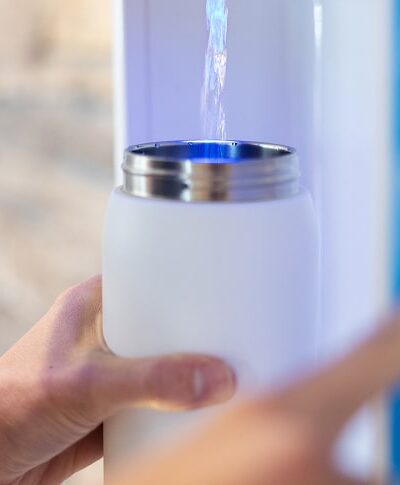2020 was not a kind year for anyone, with every industry feeling the negative effects of Covid-19, including schools. As we enter a new year with renewed hope for increased stability and a return to a steadier path, there are several factors to consider as businesses and organizations begin to reopen safely and effectively.
These factors involve outlining general guidelines, creating a plan that includes contingencies for adaptability, and above all, providing a safe environment for students and faculty. There are no guarantees of what to expect going into 2021, but there are a few ways to help make the new year feel a little more manageable with a strong school reopening strategy.
General Guidelines for Reopening Schools
Schools must follow directives within their state, county, and school district. These are guided by current data and predictions for upcoming Covid cases as well, which means change can occur at any moment. Keeping students and their parents informed with up-to-date information is the best way to ensure everyone is aligned on expectations before returning to the classroom.
As many schools begin reshifting efforts back to in-person education from remote learning, there may still be need for both for the foreseeable future. It’s also necessary to consider the guidelines from sports leagues, as these restrictions and rules may differ from what’s required from student athletes since it involves participation with other districts.
Making Data-Driven Decisions
The Centers for Disease Control (CDC) outlines specific indicators that affect guidelines for reopening schools, which those in leadership use to make decisions and apply to their districts to ensure that the public health is being protected. Core data includes the number of new cases per 100,000 persons within the last 14 days and/or percentage of Covid-10 positive tests during the last 14 days. These numbers indicate how much of the community is affected and gauges the likelihood of spread. The CDC points out these measurements are meant to be used as a guiding point, rather than a hard and fast rule.
Schools that fall within the core data indicators should not necessarily refrain from their current reopening strategies, but rather be mindful of the mitigation measures and have a contingency plan in place should the school or district experience an outbreak. Many schools have already experimented with a hybrid model of learning that involves in-person and remote instruction on alternate days, which may be the easiest backup plan for the time being.
Implementing In-School Safety Measures
Safety measures to mitigate the spread of infection include wearing masks, physical distancing as best as possible, and cleaning and disinfecting surfaces often by staff members. This is in addition to the regular habit of washing hands and using hand sanitizer, plus working with the health department with regards to contact tracing. Prior to welcoming students back to the classrooms, administrators and staff should also take additional recommended actions of updating the ventilation system, flushing the water systems, and promoting contactless interaction.
Creating a Plan with Built-in Contingencies
With general guidelines in place, much of the in-depth planning comes down to an “if this, then that” type of strategy to help prepare for all scenarios, including fluctuating case numbers throughout the community and infection among students. Breaking down the most common situations with straightforward instructions can be helpful in keeping everyone aligned with communication and action to take.
Lowest Risk of Transmission in Schools Allow for In-Person Learning
Case numbers that are fewer than five per 100,000 people within the last 14 days plus implementation of mitigation best practices represent the lowest risk of transmission in schools. With the proper precautions in place, if schools have a low risk of transmission, the guidelines for reopening schools can follow a normal classroom schedule of in-person instruction learning.
First, schools must create space by rearranging furniture in lunch rooms, classrooms, libraries, and other communal areas as much as possible to promote social distancing. Timed usage with limited capacity of these areas may also be necessary in the first few months of being back in school.
Second, amenities, such as water fountains, should be temporarily shut down or replaced with a zero-contact water station option instead. Shared water fountains are notorious for the spread of germs and buildup of grime and don’t provide a filtered water option for students and faculty. Investing in FloWater’s water refill station, everyone can have access to cool, purified water on-demand with the use of a one-touch fill button or a zero-contact foot pedal in order to dispense water quickly and keep kids hydrated at school.
Third, it’s also important to clean and disinfect all surfaces on a regular basis. Other frequently touched surfaces should be regularly wiped down, including door handles, desks, school supplies, light switches, play equipment, and shared books, as outlined by The World Health Organization’s checklist for school readiness. Staying consistent with physical distancing, sanitization, and in many cases wearing masks in schools all allow schools to reopen (and stay open) safely.
Moderate Risk of Transmission in Schools Leads to Backup Plans
If core indicators move a school from a low-risk to moderate- or high-risk situation, it’s best to consider alternatives to full-time in-person learning to help slow the spread. This may include returning temporarily to virtual learning, hybrid learning (with some in-class instruction and some handled at home), as well as reviewing the protocols in place regarding extracurricular activities. It may be necessary to halt participation or quarantine members that may have been exposed.
Communicating what’s needed from students returning to school to follow safety protocols is essential. Be clear and direct with expectations, while also being transparent as to why these regulations are effective. As progress continues in the coming months, these contingencies may shift again as schools begin to resume a life similar to what was pre-Covid.
In addition to spacing and disinfecting furniture, social distancing, and wearing masks, the CDC also recommends changes to school ventilation, food services, and those with special healthcare needs and disabilities. When creating guidelines for reopening schools, all student needs must be accounted for and considered when making plans and preparing alternatives for those who may request or require them.
Everyone wants to return to schools full-time and enjoy the environment of being among classmates and friends, but it can only be done when the right measures are in place.
Providing a Safe Environment for All
Following what government and health officials suggest are only part of what helps to promote a safe environment for all. It also involves knowing and implementing safety precautions that help prevent the spread of Covid-19. These include hand sanitizing stations, distancing markers, and other signage that serve as reminders are ways students and teachers can stay safe and informed. Many schools are also implementing daily fever screening at the building’s entrance and limiting the number of visitors allowed on the school grounds.
When it comes to guidelines for reopening schools, it’s up to everyone to work together, although school administrators shoulder the responsibility of providing a healthy environment with operations that follow stringent cleaning and sanitizing protocols. This is in addition to providing greater opportunity for contactless interaction, through zero-touch water bottle water fountains for schools, pre-bagged lunches or snacks, and a steady supply of masks and gloves to help move forward in a safe manner.
Finally, knowing the signs and symptoms of Covid-19 and what to do when someone falls ill is part of a reopening strategy as well. To prevent having to shut down the entire school, it’s best to isolate those affected and perform contract tracing. This can stop the spread in its tracks and prevent a full closure. Encourage students to stay at home if they have symptoms or have been exposed to someone who’s tested positive for Covid-19.
What to Expect Going Into 2021
Everyone is hopeful for a new year and the changes it brings, particularly with the progress made toward reopening schools and keeping the community at large as safe as possible. Many of the guidelines and best practices will continue to be in effect through 2021 and may continue indefinitely as heightened cleaning and sanitization best practices.
As schools move forward with caution and welcome students back, both preparedness and the ability to pivot are essential. Continuing to encourage hand washing, using sanitizer, and wearing masks will be part of the new school year, as well as social distancing as much as possible. It also will take time for students to readjust to in-person learning and overcoming the confines of being at home for such a long stretch of time and returning to regular social interactions.
With so much information changing on a regular basis, it’s imperative to keep students and parents informed of changes and the reasons behind the decisions. Providing support to those who may need extra assistance after studying remotely or may benefit from mental health services is an important part of the plan going into 2021 as well. Everyone has weathered this experience in a different way and may take time to adjust fully.
There’s still a learning curve as to what comes next, but by following guidelines set by health officials and using data to make decisions, it’ll help guide the process more smoothly. Moving forward cautiously, but optimistically is the best route heading into a new phase.
Sources:
https://www.cdc.gov/coronavirus/2019-ncov/community/schools-childcare/indicators.html
https://www.cdc.gov/coronavirus/2019-ncov/community/schools-childcare/schools.html




